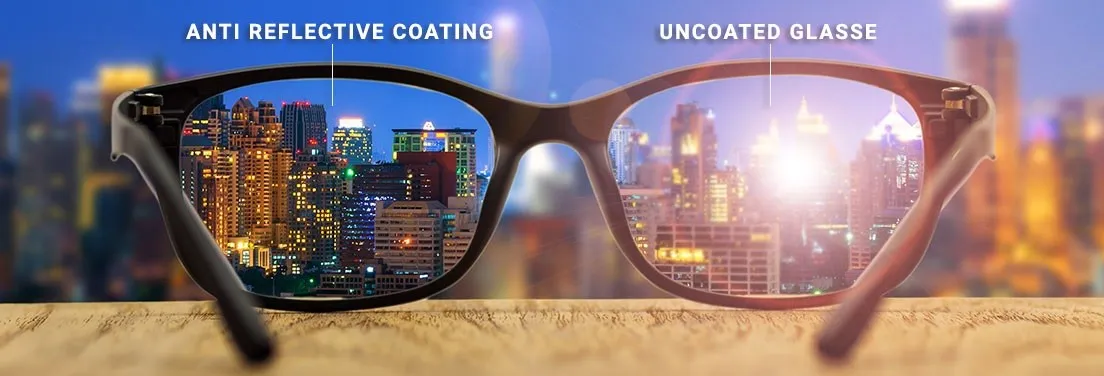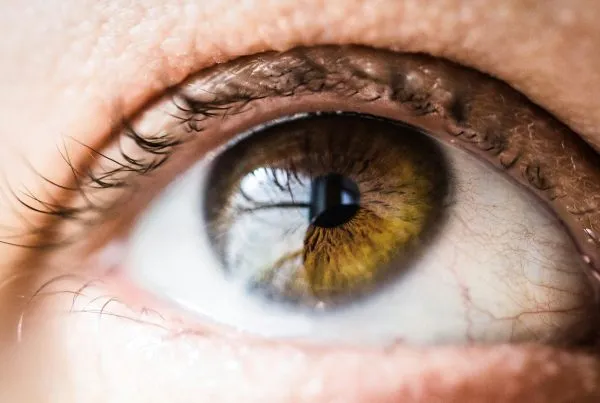Choosing prescription glasses isn’t just about frames — the lenses are what do the real work. Whether you need help reading, driving, or switching focus throughout the day, the right lens type ensures your vision is sharp, balanced, and specific to your prescription.
In this guide, we’ll explain the main types of prescription lenses available and who they’re best suited for.
Single Vision Lenses
Single vision lenses are designed to correct vision at one distance only. That could be for seeing things far away (distance), up close (reading), or at a fixed mid-range distance (intermediate).
Best for:
-
Short-sightedness (myopia)
-
Long-sightedness (hyperopia)
-
Presbyopia (reading glasses)
-
People under 40 who don’t need multi-distance correction
You can also get single vision lenses tailored to computer distance (intermediate), often used by office workers.
Bifocal Lenses
Bifocal lenses contain two distinct segments: the upper portion for distance vision, and the lower segment for close-up tasks like reading. There’s a visible line separating the zones.
Best for:
-
People with presbyopia who also need distance correction
-
Those who want a clear distinction between near and far vision
-
Individuals who prefer a fixed reading area rather than gradual transitions
While bifocals are practical, some users find the abrupt shift between distances can take time to adjust to.
Varifocal (Progressive) Lenses
Varifocal lenses offer a smooth, gradual transition between multiple focal points — distance, intermediate, and near — without visible lines. They allow you to see clearly at all distances using a single lens.
Best for:
-
People with presbyopia who want an all-in-one solution
-
Those who need both reading and distance correction
-
Users seeking a more natural visual experience without noticeable lens zones
Modern varifocals are digitally surfaced for improved precision, and many users find them easier to adapt to than older designs.
Occupational (Office) Lenses
Occupational lenses are designed for close and mid-range vision, typically for indoor work environments. They’re ideal for people who spend extended periods in front of screens, reading, or switching between documents and monitors.
Best for:
-
Office workers, teachers, and people using screens all day
-
Anyone who finds varifocals too general for their specific work setup
-
Improving comfort and posture during indoor tasks
These lenses prioritise working distances, reducing the need to tilt your head or strain your eyes when multitasking.
Reading Glasses
Reading lenses are a type of single vision lens designed for close-up work. They’re often worn for short periods when reading books, using a phone, or handling detailed tasks.
Best for:
-
People with age-related presbyopia
-
Those who don’t need glasses all the time
-
Users who prefer to take glasses on and off as needed
Reading prescriptions are usually specific to the distance at which you naturally read — not one-size-fits-all.
Distance Glasses
Distance lenses are another single vision option, prescribed to correct long-range vision. They’re commonly used for activities like driving, watching TV, or seeing clearly across a room.
Best for:
-
Short-sightedness (difficulty seeing far away)
-
Everyday outdoor use
-
Prescription sunglasses
Distance lenses are often kept on full-time for people who rely on clear long-range vision throughout the day.
Intermediate Glasses
Intermediate lenses fill the gap between distance and reading glasses. They focus on mid-range vision, typically 50–100cm away — the distance to a computer screen or music stand.
Best for:
-
Screen users
-
Musicians
-
People working at workbenches or technical desks
Intermediate prescriptions can be issued as standalone single vision glasses or incorporated into occupational or varifocal lenses.
FAQs About Prescription Lens Types
What’s the difference between bifocal and varifocal lenses?
Bifocals have two fixed zones with a visible line separating near and distance vision. Varifocals blend distance, intermediate, and near into a single lens with no line, offering a more seamless viewing experience.
Do I need varifocals or occupational lenses?
Varifocals are suitable for all distances and everyday use. Occupational lenses are more specialised — ideal if you mainly need mid-to-near vision clarity for indoor tasks like desk work or reading.
Can I get single vision lenses for computer use?
Yes. Intermediate single vision lenses can be set to your preferred screen distance, reducing eye strain and improving posture while working.
Are reading glasses the same for everyone?
No. Reading glasses should match your specific prescription and reading habits. Off-the-shelf reading glasses may not align correctly with your eye position or strength.
How do I know which lens type I need?
Your optician will advise based on your prescription, daily activities, and vision needs. At Glasses Store, we also offer help online when you upload your prescription during checkout.
Final Thoughts
Prescription lenses are not one-size-fits-all. Each type is suited to a different vision need — from single vision lenses for everyday clarity to varifocals and occupational lenses for multi-tasking comfort.
At Glasses Store, every pair of glasses is customised to your exact prescription. Once you’ve chosen your frame, you can select the lens type that fits your vision — whether that’s reading, distance, varifocal, or office-based use.
Ready to choose your lenses? Start by picking your frame, then follow the simple customisation steps to select the lens type that’s right for your prescription.
Next Blog Topic:





